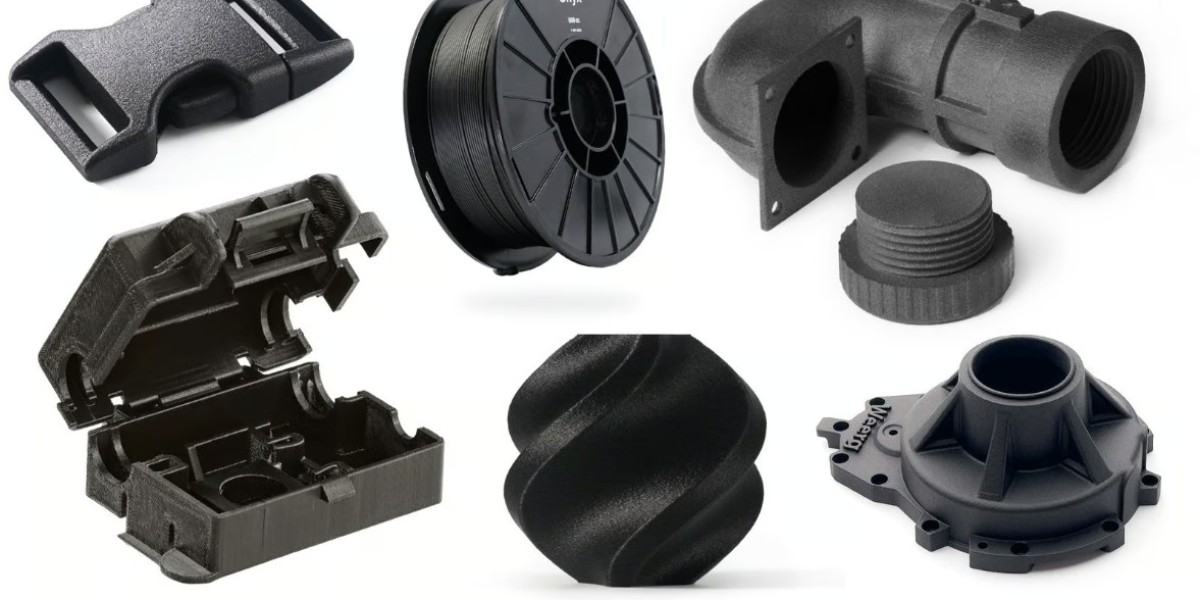Flexible 3D printer filament like TPU filament can be challenging to print with. Stringing, inconsistent extrusion, and nozzle jams are just some of the common issues that 3D printer and material manufacturer Prusa Research says it has fixed with its breakthrough new filament, Prusament TPU 95A.
Prusa claims it has cracked the code for reliable and consistent TPU printing. By introducing a unique post-manufacturing relaxation process at its Prague-based manufacturing facility, the filament is able to settle into a slightly different diameter than it was right out of the extruder. The polymer reshapes to a more energy-efficient state, Prusa said in its latestblog post, which ultimately lowers the risk of filament clogging and uneven distribution during printing.
The rested TPU then has true 1.75 mm diameter consistently, the company says.
The manufacturing process isnt the only reason Prusa says its new TPU should solve your TPU-printing anxiety. Theres also the a chemical modification of the polymer, which isnt explained in detail, but the company says the TPU, in its final state, is harder to deform. This prevents filament from being entangled in the extruder gears.
This new polymer formula offers very low moisture absorption, although drying may be necessary when stored in high-moisture conditions, Prusa says. The materials inherently high elasticity and impact resistance remain, even at low temperatures (as low as -50 C). This material is resistant to microbial degradation, Prusa says, and comes with good temperature resistance (HDT 78.6 C at 1.80 MPa), and chemical resistance (mostly to oil and grease).
If youre printing this TPU on a Prusa MK4/S, Core One, or XL, the Prusa extruder, Nextruder, is built in a way that makes printing soft filaments easier, Prusa says. The filament guide (part of the Original Prusa 3D printer kit) creates a slight tension, which helps with more reliable feeding to the Nextruder.
For professionals use, Prusa says its TPU 95A is virtually indestructible when 3D printing parts with 100% infill in thick layers. Industrial applications, such as spacers for heavy machinery, are an ideal use case, but theres also the ability to make a very strong connection between flexible and rigid parts of the same object when using the interlocking infill option in PrusaSlicer printing on the multitool version of XL.
For now, Prusament TPU 95A is available in one color: natural. This is a warm white, creamy color that resembles Prusament PLA Vanilla White. Current retail for one 500g spool is $34.99.
How to Print with Prusament TPU 95A
Prusa has prepared profiles for Core One, XL, MK4S, MK4, and Prusa Pro HT90 in PrusaSlicer. Other printers (MK3S+ and older) are compatible as well, however, print profiles may be missing and some tweaking (such as loosening the idler) might be required. You should read thePrusament TPU 95A material guidefor extra printing tips, such as a brim is necessary for very small or very large objects.
- Supported PrusaSlicer profiles:Core One,XL,MK4S, MK4,Prusa Pro HT90
- Nozzle temperature:220-240 C
- Heatbed temperature:55-75 C
- Print Speed [mm/s]:up to 30
- Recommended print sheets:SatinandPA Nylon
- Cooling Fan Speed [%]:30 50
- Drying before printing:not necessary (only when issues like stringing or nozzle clogging occur)







